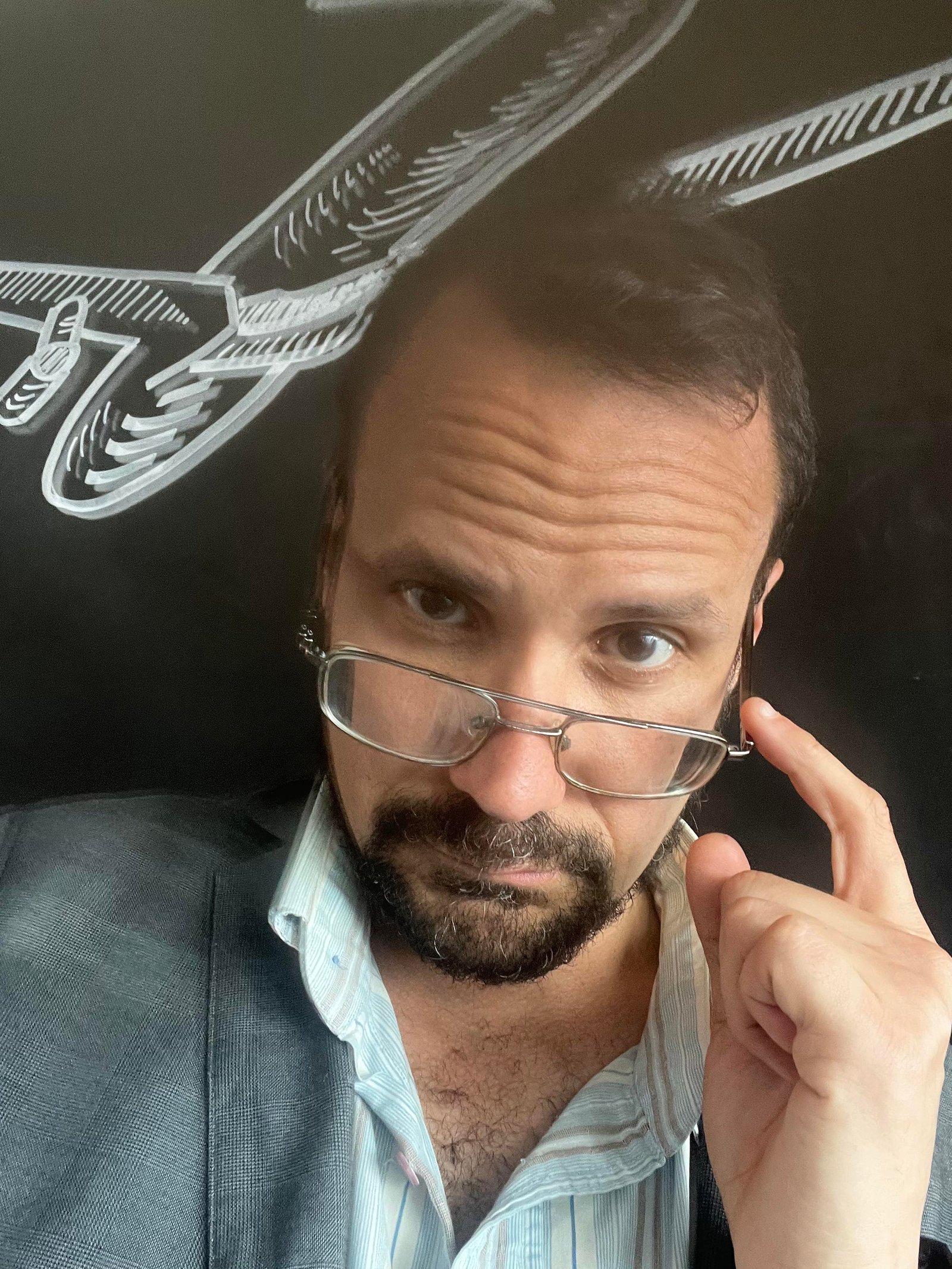




Marketed as a “video diary of the Syrian conflict”, this Danish-German-Syrian production isn’t just an ordinary compilation of emotions, words and images. It’s also an invaluable register of collapse of country, society and of a youth full of hopes and dreams. It’s a vivid and sorrowful reminder of the tragic consequences of a war that started as an effort to implement democracy, a byproduct of the Arab Spring. This film captures the essence of a human tragedy.
In March 2011, radio host Obaidah Zytoon and several friends joined the street demonstrations against the oppressive regime of Syrian President Bashar al-Assad, whose family has lead the country for 40 uninterrupted years. They decide to film every step of a very bleak journey that is nowhere near finding closure five years later. Obaidah’s voiceover narrates the story in retrospect, with the lugubrious tone of her voice suggesting from the start of the movie that the outcome wouldn’t be rosy.
The blithe ingenuousness of the young friends is evident: they are constantly cheerful, and their smile is puerile. Their revolutionary naivety is perhaps akin to the Baader-Meinhof in Germany. They believe that their “friends” Russia, Iran, China and Venezuela will help to liberate them from decades of turture and arbritary arrests, but they never anticipated that sectarianism and conflicting international interests would turn their Syrian version of the Arab Spring into a very cold and grey winter, tarnished with blood and intoxicated with the smell of death. Their camera captures their jolly moments on the beach, in their homes, as they drink, smoke, discuss their ideologies, heroics plans and ambitions. There is also romance in the air, particularly between the pretty Lulu and the heartthrob Hisham. At one point, Lulu takes enormous pride in removing her “veil of shame”, fully unaware that the future is far more oppressive than the present.
Eventually, the young people are forced to move and they see their hopes for a fair society slowly dilacerated. They have to escape from a sieged town, and they have to battle the Al-Nusra faction (now rebranded Jabhat Fateh al-Sham, perceived as vaguely less savage than Isis). They gradually see their society succumb to extremism and total war. The banality of violence and death prevails.
The young rebels here know that their camera is their lifeline, a vital denunciation and survival tool. The film apparatus becomes a key player. Obaidah notes: “The camera was an event in itself, it was salvation, but it was also dangerous”. The camera, just like the guns, serves to perpetuate war. She carries on, now realising the futility of her actions: “they are arming rebels enough to continue war, but not to win it”.
The tragic imagery and the fatal conclusion of The War Show could haunt you for some time. Even if the film is sometimes a little disjointed, and the individual stories are difficult to follow. Despite being broken down into eight sections clearly marked with titles (revolution, suppression, resistance, siege, memories, frontline, extremism and epilogue), at times it is difficult to contextualise the events.
The War Show has won the top prize in the Venice Days strand at this year’s Venice Film Festival. A jury chaired by Canadian filmmaker Bruce LaBruce chose the film from the 11-strong selection – click here for our interview with Bruce earlier this month.
The documentary Dugma: The Button (Pål Refsdal, 2016) also provides an insider’s view into the Syrian War, albeit a very different one! Click here for our movie review.
The film is showing later this month at the International Documentary Film Festival Amsterdam. Stay tuned for more screenings and an eventual theatrical release.
And below is the film trailer!





















